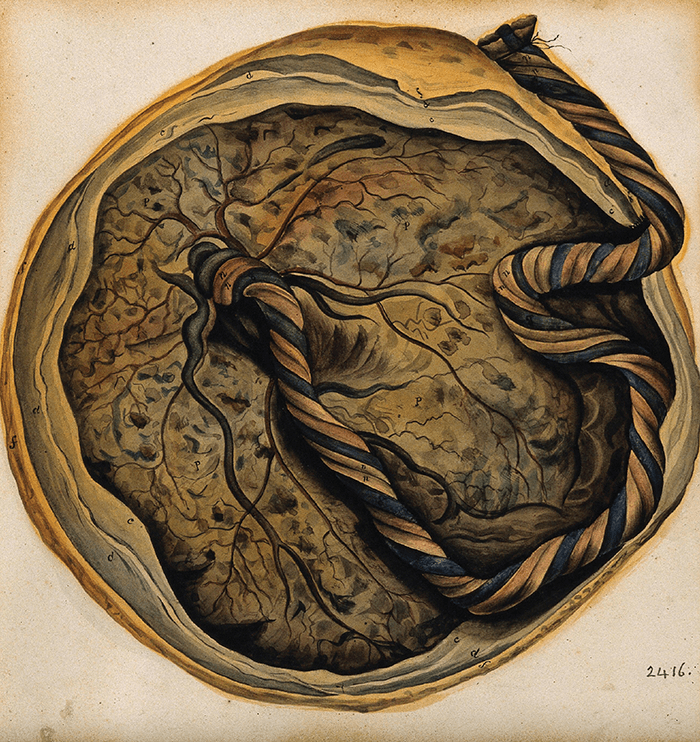
A multi-institute research team from China has partially restored vision and retinal structure in rats with retinal degeneration by transplanting photoreceptor-like cells that were grown from human amniotic epithelial stem cells (hAESCs) (1).
To differentiate the hAESCs, the group treated them with a range of agents designed to drive their growth into the desired cell type – ultimately producing photoreceptor-like cells that demonstrate the morphology, key expression markers, and the behavior of natural photoreceptor cells.
But after differentiating the cells, there remains the big hurdle of graft rejection. Fortunately, contrary to immunogenicity concerns with embryonic stem cells (ESCs) and induced pluripotent stem cells (iPSCs), hAESCs – and the photoreceptor-like cells grown from them – appear to have low levels of immunogenicity and were successfully transplanted into the rats.
hAESCs also overcome a major ethical objection to using embryonic-sourced stem cells; hAESCs are obtained from the amniotic membrane of the placenta, which is normally disposed of after birth.
Overall, given the partial restoration of eyesight in rats, the low-risk of immune rejection, and the efficient sourcing of tissue and differentiation procedures compared with other stem cell methods, the authors were hopeful about the future of this “promising” technique but noted the need for additional studies into optimal cell doses and delivery schemes.
References
- J Li et al., Int J Mol Sci, 23, 8722 (2022). PMID: 35955866.
